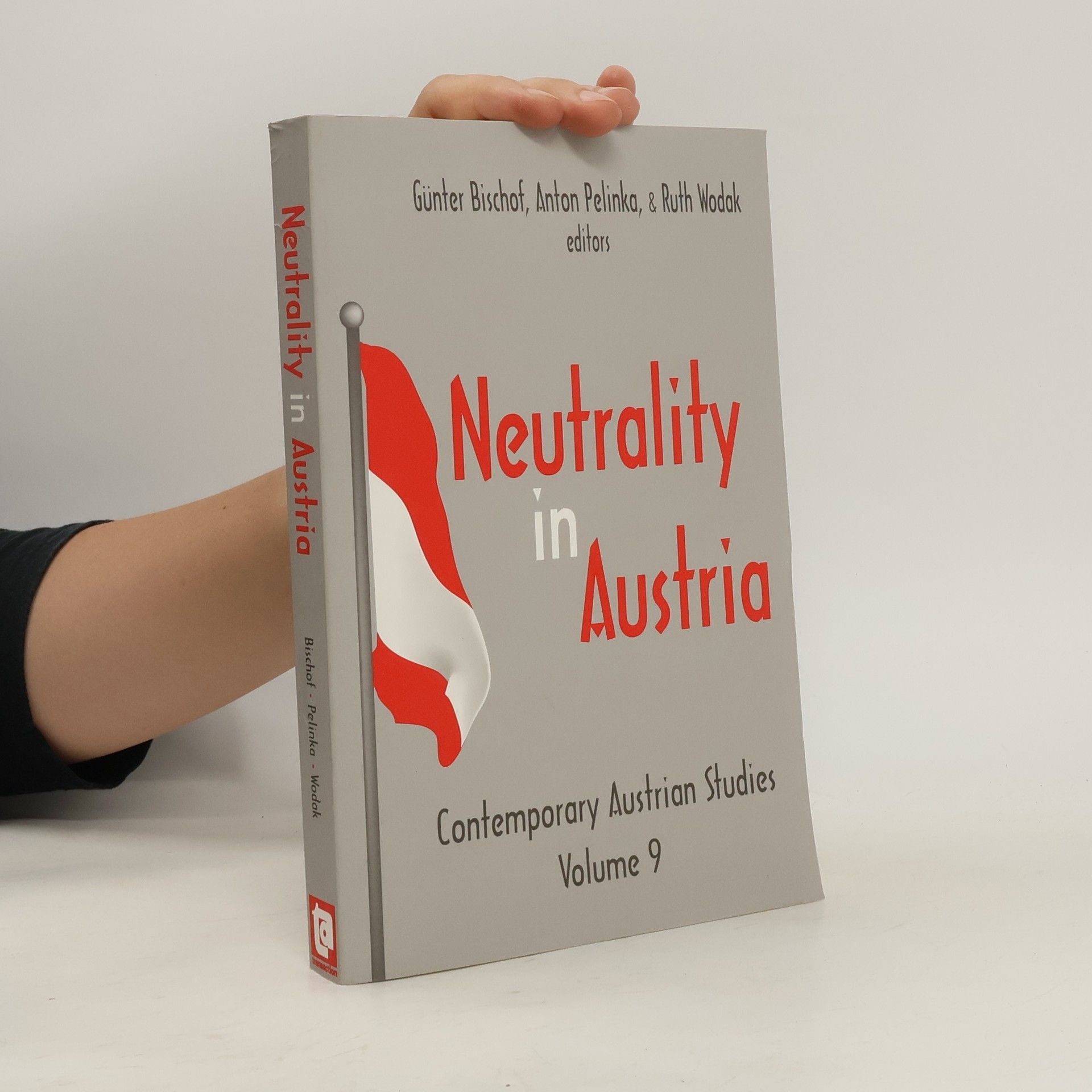The Politics of Fear
- 256pages
- 9 heures de lecture
A cutting-edge exploration of the power and prevalence of contemporary right-wing populist discourse.






A cutting-edge exploration of the power and prevalence of contemporary right-wing populist discourse.
This is a sophisticated and nuanced introduction to critical discourse analysis (CDA) that covers a range of topics in an accessible, engaging style. With international examples and an interdisciplinary approach, readers gain a rich understanding of the many angles into critical discourse analysis, the fundamentals of how analysis works and examples from written texts, online data and images. This new edition: expands coverage of multimodality adds two new chapters on social media and analysis of online data supports learning with a guided introduction to each chapter includes a new and extended glossary Clearly written, practical and rigorous in its approach, this book is the ideal companion when embarking on research that focuses on discourse and meaning-making.
After Stalin's death, during a respite in Cold War tensions in 1955, Austria managed to rid itself of a quadripartite occupation regime and become a neutral state. As the Cold War continued, Austria's policy of neutrality helped make this small country into an important mediator of East-West differences, and neutrality became a crucial part of Austria's postwar identity. In the post-Cold War era Austrian neutrality seems to demand redefinition. The work addresses such issues as what neutrality means when Austria's neighbors are joining NATO? What is the difference between Austrian neutrality in 1955 and 2000? In remaining apart from NATO, do Austrian elites risk their nation's national security? Is Austria a "free rider," too stingy to contribute to Western defense? Has the neutralist mentalit become such a crucial part of Austrian postwar identity that its abandonment will threaten civil society? These questions are addressed in this latest in the prestigious Contemporary Austrian Studies series. The volume emerged from the Wittgenstein Research Center project on "Discourse, Politics, and Identity," an interdisciplinary investigation of the meaning of Austrian neutrality. The first two chapters analyze the current meaning of Austrian neutrality. Karin Liebhart records narrative interviews with former presidents Rudolf Kirchschlger and Kurt Waldheim, both central political actors present at the creation and implementation of Austria's postwar neutrality. Gertraud Benke and Ruth Wodak provide in-depth analysis of a debate on Austrian National Television on "NATO and Neutrality," a microcosm of Austrian popular opinion that exposed all positions and ideological preferences on neutrality. The historian Oliver Rathkolb surveys international perceptions of Austrian neutrality over the past half-century. For comparative contrast David Irwin and John Wilson apply Foucault's theoretical framework to the history and debates on neutrality in Ireland. Political scientists Heinz Grtner and Paul Luif provide examples of how Austrian neutrality has been handled in the past and today. Michael Gehler analyzes Austria's response to the Hungarian crisis of 1956 and Klaus Eisterer reviews the Austrian legation's handling of the 1968 Czechoslovak crisis. Gnter Bischof is professor of history and executive director of Center Austria at the University of New Orleans. Anton Pelinka is professor of political science at the University of Innsbruck and director of the Institute of Conflict Research in Vienna. Ruth Wodak is professor in the linguistics department at the University of Vienna and director of the research center "Discourse, Politics, Identity" at the Austrian Academy of Science.
Alltagsgeschichten
Antisemitische Beleidigungen auf offener Straße, Diskriminierung im Beruf oder der Kampf um staatliche Wiedergutmachung: Die »Alltagsgeschichten « sammeln Eindrücke, Erlebnisse und Geschichten, die viele Jüd:innen aus drei Generationen erlebt haben und klarmachen: Das kann immer noch in Wien passieren. Diese Geschichten sollen nicht »anklagen«. Sie sind voll Humor, aber auch von Trauer und Wut erfüllt, sie ironisieren und verfremden. Sie finden in Wien statt, wo sich Kosmopolitisches mit Provinziellem vermischt; wo sich viele so wohlfühlen und trotzdem immer vom Auswandern sprechen; wohin viele zurückgekehrt sind, nachdem sie vertrieben worden waren; wo dem Antisemiten Karl Lueger ein großer Platz mit Statue am Ring gewidmet ist, an Sigmund Freud aber nur ein kleiner Park erinnert. Der alltägliche Antisemitismus besitzt auch in Wien eine so lange Tradition, dass er oft gar nicht mehr auffällt. Und genau deshalb soll dieser Band seine Leser:innen zum Nachdenken anregen. Mit Beiträgen von: Robert Schindel, Doron Rabinovici, Anna Goldenberg, Ernst Strouhal, Verena Krausneker, Oscar Bronner, Sophie Lillie, Ariel Muzicant u. v. m.
Die vorliegende Studie rekonstruiert die diskursive Verfertigung nationaler Identitäten und integriert unterschiedliche Zugänge zur Analyse nationaler Identitätsbildungsprozesse (Diskursanalyse, cultural studies, historisch-politologische Zugänge) in einem interdisziplinären Ansatz. Die Arbeit steht in der Tradition der Kritischen Linguistik und insbesondere der Kritischen Diskursanalyse, wie sie bereits in Studien zum Nachkriegsantisemitismus (Wir sind alle unschuldige Täter, stw 881), in der Untersuchung der Auseinandersetzung mit der NS-Zeit im Rahmen des Gedenkjahres 1988 (Die Sprachen der Vergangenheit, stw 1133) und in der Studie zur politischen und sprachlichen Ausgrenzung und Diskriminierung rumänischer Flüchtlinge nach der »Wende« (Notwendige Maßnahmen gegen Fremde, 1995) entwickelt und ausdifferenziert wurde. Stand in den bisherigen Untersuchungen die diskursive Konstruktion im Mittelpunkt, so geht es in der vorliegenden Studie in erster Linie um die sprachliche Konstruktion von Gleichheit. Es geht darum, in einem abduktiv-hermeneutischen Vorgehen die unterschiedlichen Diskursstrategien aufzudecken und begrifflich zu fassen, deren Funktion darin besteht, nationale Identitäten zu verfertigen.
Rechtspopulistische Politik rückt in die Mitte, einige Parteien ziehen viele WählerInnen an. Aber wissen wir, warum? Und warum gerade jetzt? In diesem Buch zeichnet Ruth Wodak den Weg solcher Parteien von den Rändern der politischen Landschaft in die Mitte nach – im Versuch, zu verstehen und zu erklären, wie sie sich von Randerscheinungen zu einflussreichen politischen Akteuren entwickelt haben, die auch den Medien die Themenwahl vorgeben.